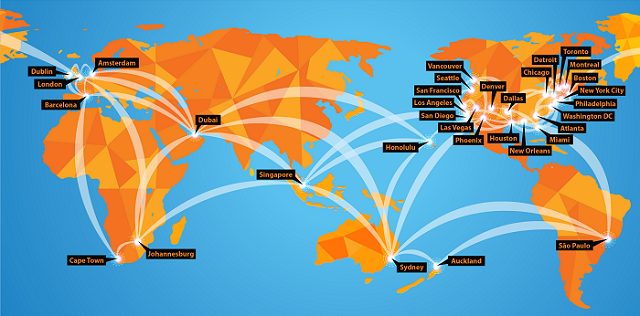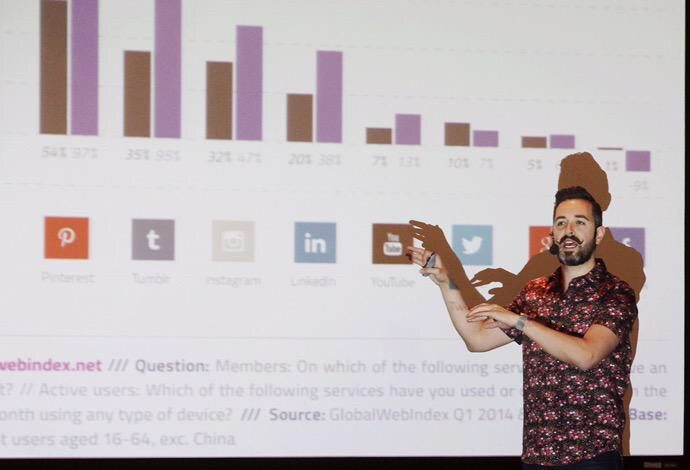Is Your Content Planning SEO-Driven or Lacking Direction?
By Nick Nelson At TopRank, we strongly believe that virtually all content planning should be SEO-driven. Why? Because marketing content is meant to be discovered, and discoverability is at the core of SEO’s purpose.
Incorporating the fundamentals of modern SEO into your content planning helps you gain confidence that what you are creating has value, has an audience, and ultimately drives results. Even without the backing of an advanced SEO content strategy, you can still take steps to imbue everything you create with search-friendly (and thus people-friendly) qualities.
Follow these guidelines and best practices for SEO content planning to give everything you create the best chance to succeed.
Evaluate topical demand with keyword research.
Keyword research is an essential precursor to not just SEO strategy, but content strategy. It’s about more than just understanding which keywords you want to rank for; keyword research provides you with a data-informed roadmap to find your audience. By understanding search demand, and what customers want to learn about, you can take the guesswork out of topical planning.
There are numerous SEO tools you can use to surface important keyword insights, such as volume, difficulty and funnel stage. These will help you prioritize your content planning.
Verify viability of content with gap analysis.
In order for content to rank in SEO, it needs to be unique. If you’re creating something that has already been covered by a competitor, in the same way they did, you’ll struggle to overcome them on the search engine results page (SERP). And if you’re creating something similar to what your site has already published in the past, you can get tangled up in duplicate content and cannibalization.
Conducting a content gap analysis helps you find the whitespace to color in for your audience.
Organize around topical pillars.
Unless you have substantial content creation resources, it’s not necessarily valuable to try and address every topic under the sun as it relates to your solution. Instead, it’s helpful to build a focused content plan that demonstrates specialized, comprehensive expertise in key areas. This will help Google come to recognize your brand as an authority on these topics.
Developing a topical map as part of your keyword strategy provides a data-driven blueprint to tackle the areas that matter most to your brand — in a way that signals comprehensive expertise to search engines, generative engines and users alike.
Plan content with user experience in mind.
So much of good SEO is just good content. The search visibility of your pages will benefit from readability, multimedia, and intuitive cross-linking … because visitors want to find these things. Make sure your content planning is accounting for the user experience. Carefully coordinate how new pieces of content will connect to others for a seamless journey.
Optimize for search no matter your publishing channel or platform.
Some marketers make the mistake of thinking that SEO is only for text-based content on the company website or blog. But in reality, you can apply search-driven optimizations for almost any type of content to help it get found more easily.
Here are some tips from our blog on priming …read more
Source:: Top Rank Blog






















